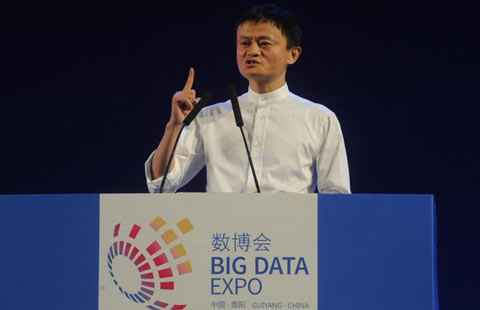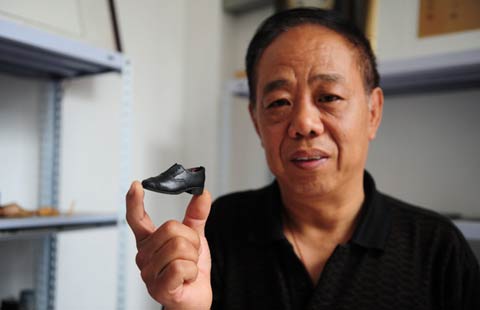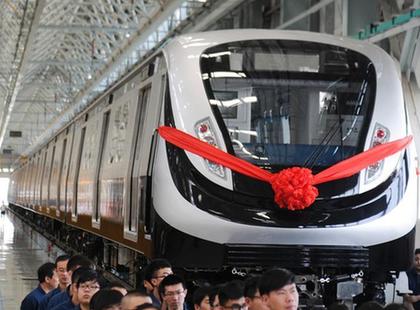Shenzhen looks to move up the ladder
By QIU QUANLIN (China Daily) Updated: 2015-05-27 13:09Boosting investment in innovation and nurturing talent could take the economy of Shenzhen, a testing ground for China's reform and opening-up, to a higher level within five years, according to local officials.
The new Party leadership of Shenzhen has unveiled an ambitious goal to increase the city's GDP to 2.6 trillion yuan ($419.4 billion) by 2020. Last year, the city's GDP was 1.6 trillion yuan, and it was mainly driven by innovation and technology development.
"The ambitious goal is based on an annual increase of about 8 percent in the local economy, assuming lower energy consumption and increased investment in innovation and technology," said Yang Xinhong, deputy director of the Shenzhen Statistics Bureau.
A robust economy in recent years has helped Shenzhen surpass Hong Kong to become the most competitive and dynamic city in China, according to a recent report by the Chinese Academy of Social Sciences.
Shenzhen's Party congress concluded on Sunday, with new officials vowing to deepen reforms by attaching more importance to innovation and technology development.
According to a report delivered by newly elected Party chief Ma Xingrui, Shenzhen will give priority to development of the high-tech industry, finance, logistics and the creative sector.
In the past three decades, the economy of Shenzhen, which developed from a fishing village to a modern city following China's reform and opening-up, was supported by exports, investment and consumption, according to Yang.
"Priority will be given to investment in innovation, development of talent and capital," said Yang.
Citing DJI Technology Co, a major drone producer based in Shenzhen, whose sales grew nearly 80-fold within three years, Yang said that more talented staff will be recruited by companies in the city's emerging industries.
"The introduction of talent and technology will boost economic development," said Yang.
The electronics industry accounts for about 70 percent of the city's manufacturing sector and has become a backbone of the local economy, according to Yang.
According to Liu Jin, deputy director of the Shenzhen Science, Technology and Innovation Commission, the city's investment in research and development accounts for more than 4 percent of GDP.
The city's strategic emerging industries expanded annually by 20 percent in the past five years, according to Liu.
"We will boost efforts to support technology research and development platforms to accelerate the development of the local economy," Liu said at a recent investment forum in Shenzhen.
Despite increased investment in innovation by local authorities and companies, Shenzhen must still do more to recruit and develop talented staff who can support its economy, said Liu Jing, associate dean of the Cheung Kong Graduate School of Business.
"Shenzhen lags behind in the development of advanced science and technology research institutes, which are mainly located in Beijing and Shanghai," Liu said. The city should encourage the establishment of more such organizations and help recruit technology talent, according to Liu.
To support local innovation and industrial upgrading, the Cheung Kong school on Sunday launched a business community program in Shenzhen, aiming to build an educational and exchange platform between startups and well-established companies, according to the school.
- Shenzhen looks to move up the ladder
- China to extract value from big data
- Lebanon aims at playing key role in China's Belt and Road Initiative
- Guizhou creates preferred place for start-ups
- China discovers huge oil deposit
- FTSE takes cautious steps to including China-listed shares in benchmark
- China-EU co-op to help China's fast growing digital economy: expert
- Gold fund set up for nations along Silk Road

















